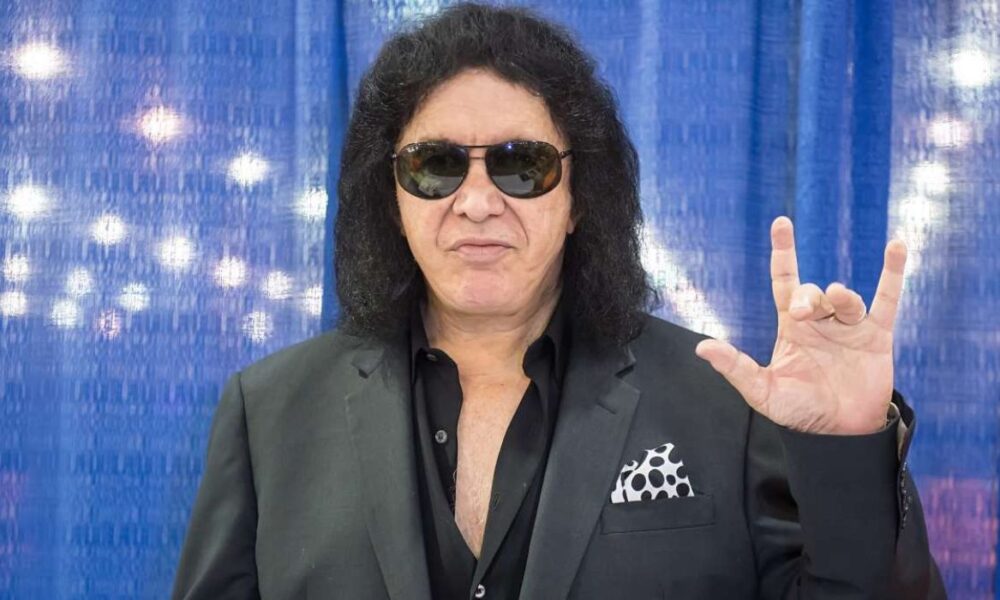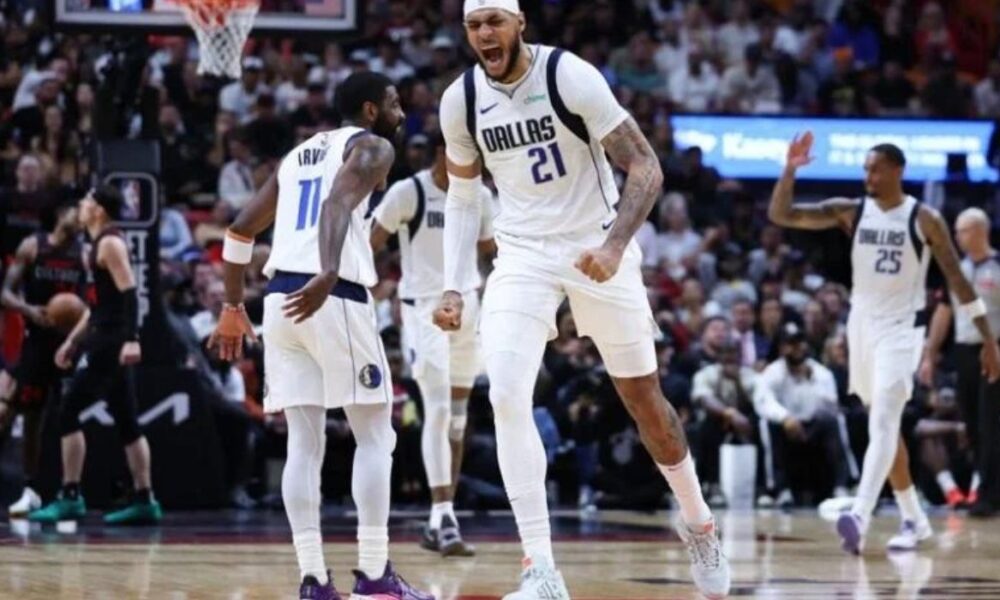


The 2023-24 NBA season has been one of dominance for the Boston Celtics, who coasted into the playoffs as the top seed in the Eastern Conference....



Tesla Inc. reported a 9% decline in first-quarter revenue on Tuesday, the company’s biggest drop since 2012, as the electric vehicle giant felt the impact of...



MINNEAPOLIS – The Target Center was electric as the Minnesota Timberwolves took a commanding 2-0 series lead over the Phoenix Suns with a 105-93 victory on...



The Emirates Stadium witnessed an absolute demolition as Arsenal dismantled Chelsea 5-0 in a Premier League clash that will be remembered for years to come. The...



As most of the Boston Bruins had already undressed and hit the showers, Jake DeBrusk sat motionless at his locker stall. Still fully dressed in his...



When you hear the name Gene Simmons, the first things that likely come to mind are his iconic “demon” makeup, wildly wagging tongue, and era-defining rock...



The Santiago Bernabéu witnessed another instant classic in world football’s fiercest rivalry as Real Madrid came from behind twice to defeat Barcelona 3-2 in a pulsating...



The Los Angeles Clippers struck the opening salvo in their first round playoff series against the Dallas Mavericks with a resounding 109-97 victory in Game 1...



Playing poker is one of the more complex casino games to choose. Not everyone is a fan as there are a lot more rules and regulations...



The legal status of online gambling in America is complicated and varies by state. While gambling is legal under U.S. federal law, each state has the...